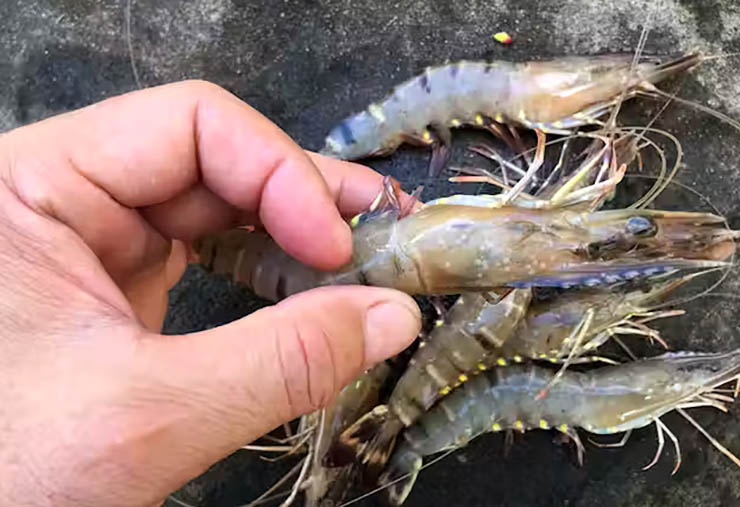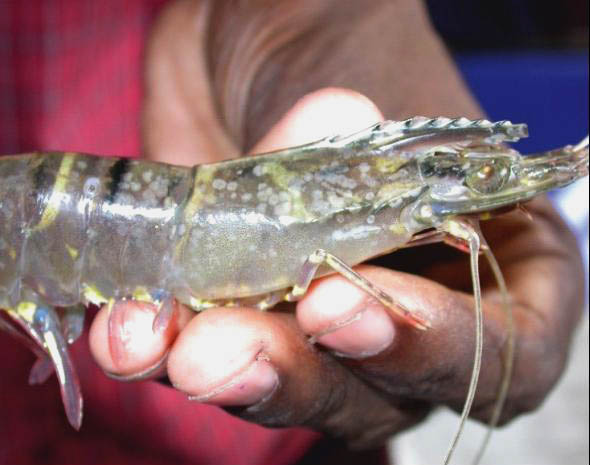
Bangladeshi researchers have cracked the code of the shrimp “White Spot Syndrome Virus”, revealing a never-seen-before variant in its genome sequence. This discovery, a first in the study of this notorious virus, holds immense promise for Bangladesh’s thriving shrimp export industry.
Known for causing havoc by wiping out entire shrimp populations within 3-7 days, the white spot syndrome virus has been a longstanding challenge for the aquaculture sector. The virus enters the cell with the help of a receptor called Rab seven in shrimp cells and multiplies using the metabolic process. Which weakens the shrimp. The research, spanning from 2021 to 2023, involved scrutinizing samples from shrimp enclosures in Cox’s Bazar and Satkhira.
The findings are staggering—1,280 new mutations of this White Spot Syndrome Virus (WSSV) in Bangladesh. What’s more intriguing are two distinct variants, BD_Cox and BD_Sat, showcasing a unique genetic makeup not found in other regions like India, Taiwan, or Thailand.
The research was led by professor SM Rafiqul Islam and professor Adnan Mannan, of Genetic Engineering and Biotechnology Department of Chittagong University, professor SM Sharifuzzaman, and professor Shahnewaz Chowdhury from Institute of Marine Science. The co-principal researcher were professor Anwar Hossain from Fisheries Department of Dhaka University, professor Junaid Siddiqui from Chittagong Veterinary and Animal Science and scientist of ICDDRB Mr. Enayet Hossain.
The study brought to light a significant genomic diversity between Cox’s Bazar and Satkhira. This diversity, influenced by factors like climate, water conditions, salinity, and geographical location, is a testament to the country’s unique environmental fingerprint.

The white spot syndrome virus’s prevalence was notably higher in Cox’s Bazar shrimp compared to Satkhira, with a surge during the monsoon season. Strikingly, the virus selectively targets crustacean animals—shrimp, lobster, and crabs—leaving other creatures unaffected.
Dr. Shahnewaz Chowdhury explained that the research’s goal was to unravel the distinct features of the virus in Bangladesh, shedding light on the toxic proteins or genes responsible for fish infections and mortality. This newfound knowledge is pivotal for understanding the virus’s origin, transmission, and lays the groundwork for planning preventive measures and potential vaccine development.
Dr. SM Sharifuzzaman highlighted the absence of a current vaccine or antidote for the virus, making its control a daunting task. The researchers are now exploring mRNA-based vaccines or similar solutions based on the genomic sequencing data, recently acknowledged by the US National Center for Biological Information (NCBI) and the American Society of Microbiology.
With the concentration of Black Tiger shrimp farming in Cox’s Bazar and Satkhira, this discovery isn’t just a scientific milestone—it’s a ray of hope for sustainable aquaculture, increased production, and the development of effective measures against the white spot syndrome virus. The implications go beyond the laboratory, potentially transforming the lives of shrimp farmers and securing the future of Bangladesh’s vital shrimp export industry.
